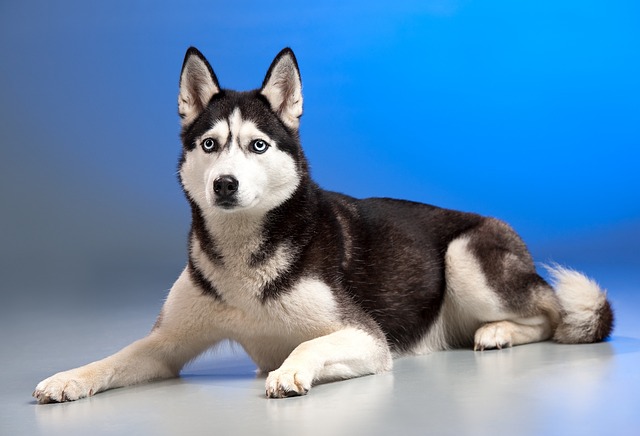
How to train Husky not to poop in the house?
Huskies, with their boundless energy and independent streaks, can turn house training into a tricky dance—especially when that signature stubbornness kicks in.
Not every dog is born to hunt, but many breeds carry instincts waiting to be shaped. Start with genetics—retrievers, pointers, and hounds have centuries of breeding behind their tracking and retrieving skills. A Labrador owner in Montana once tried training her rescue mutt for waterfowl hunts, only to realize his terrier mix made him more interested in chasing squirrels than ducks. Knowing your dog’s strengths saves time and frustration.
Begin training early, but keep it playful. Puppies as young as 8 weeks can start with scent games: hide a favorite toy in the grass and encourage them to find it. A trainer in Scotland uses frozen chicken bits to teach spaniels to follow trails—cold slows the scent release, making it easier for beginners. Short 5-minute sessions work best; longer ones risk boring a young pup.
Socialization with game birds or prey comes later, around 6 months. Introduce them to caged pigeons or dummy ducks first, rewarding calm behavior. Rushing this step can backfire—a beagle in Wisconsin once developed a fear of pheasants after a sudden flutter, derailing months of progress. Let your dog set the pace, with plenty of positive reinforcement.
Obedience under distraction is non-negotiable. A hunting dog must respond to commands even when birds flush or deer run. Practice in busier areas: parks with other dogs, fields with rustling leaves. A German shorthaired pointer owner in Oregon uses a "whoa" command, holding up a hand, to stop her dog mid-chase—critical for safety when firearms are involved.
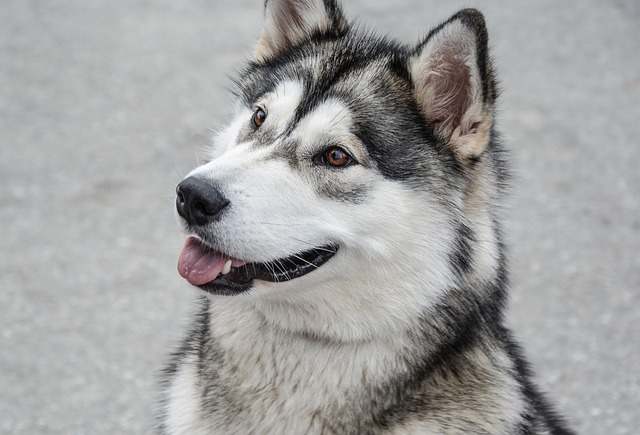 Understanding local laws keeps everyone out of trouble. In England, you need permission to hunt on private land, and certain breeds can’t be used for fox hunting. In Michigan, hunters must tag harvested game, and dogs can’t be left unattended in vehicles during warm months. Ignorance isn’t an excuse—check with your state’s natural resources department or country’s wildlife agency before heading out.
Understanding local laws keeps everyone out of trouble. In England, you need permission to hunt on private land, and certain breeds can’t be used for fox hunting. In Michigan, hunters must tag harvested game, and dogs can’t be left unattended in vehicles during warm months. Ignorance isn’t an excuse—check with your state’s natural resources department or country’s wildlife agency before heading out.
Physical conditioning builds stamina. Hunting involves long walks over rough terrain, so gradually increase exercise intensity. A vizsla in Colorado trains with uphill hikes and swimming sessions to build endurance for fall deer season. Add agility obstacles like low jumps to improve coordination—useful when navigating fallen logs or brush.
Bonding strengthens teamwork. Spend off-hours playing fetch or cuddling—dogs hunt harder for someone they trust. A retired hunter in Alabama swears by morning coffee sessions with his coonhound, letting the dog rest at his feet. That quiet connection translates to better focus in the field, he says.
Turning a pet into a hunting dog takes patience, but the rewards are unmatched. There’s joy in watching their instincts kick in, in the silent communication when they lock onto a scent. Always prioritize safety, respect wildlife regulations, and remember—even the best hunting dogs deserve to be couch potatoes at the end of the day.

Huskies, with their boundless energy and independent streaks, can turn house training into a tricky dance—especially when that signature stubbornness kicks in.
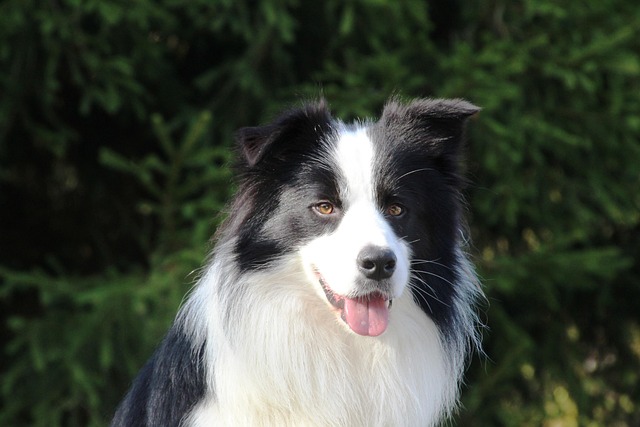
Border collies thrive on mental stimulation, and teaching them to shake isn’t just a cute trick—it’s a great way to bond while keeping their sharp minds engaged.
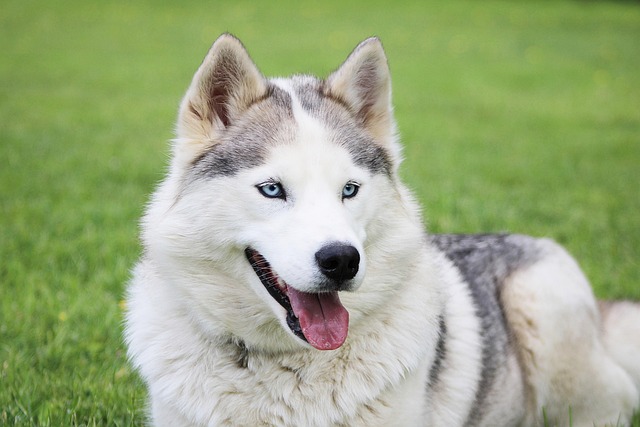
Imagine you’re in your small New York City apartment, cleaning up after your 10-month-old Beagle mix, and you notice something off in their poop—tiny
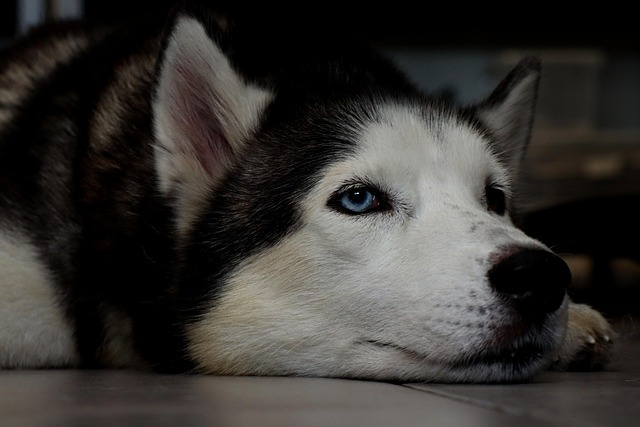
Imagine you’re at a community park in Los Angeles, trying to teach your 6-month-old Poodle mix “come.” You pull out a big, crumbly peanut butter biscuit—your pup snatches it
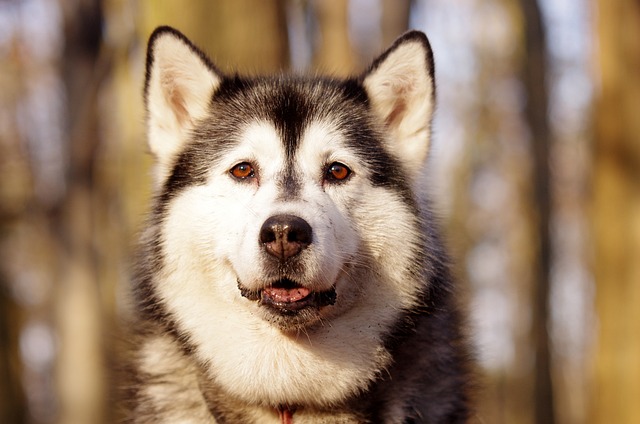
You’re on the floor with your new Goldendoodle puppy, Luna, a pocket full of kibble, trying to teach her "sit." She complies once, but then a dust bunny under the sofa becomes infinitely
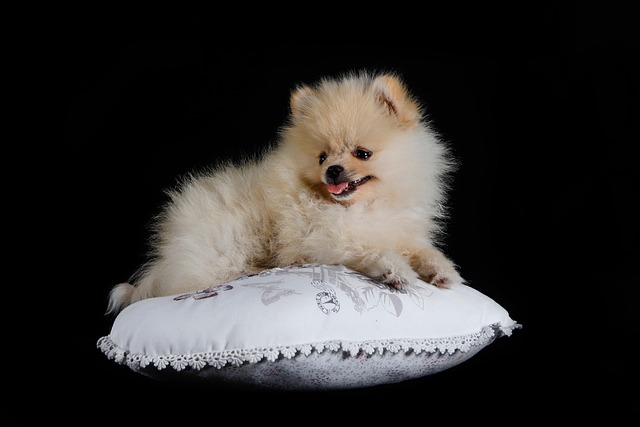
Imagine you’re at the entrance to your local park, leash in hand, and your excited Labrador, Max, is pulling with all his might towards a squirrel. In that moment